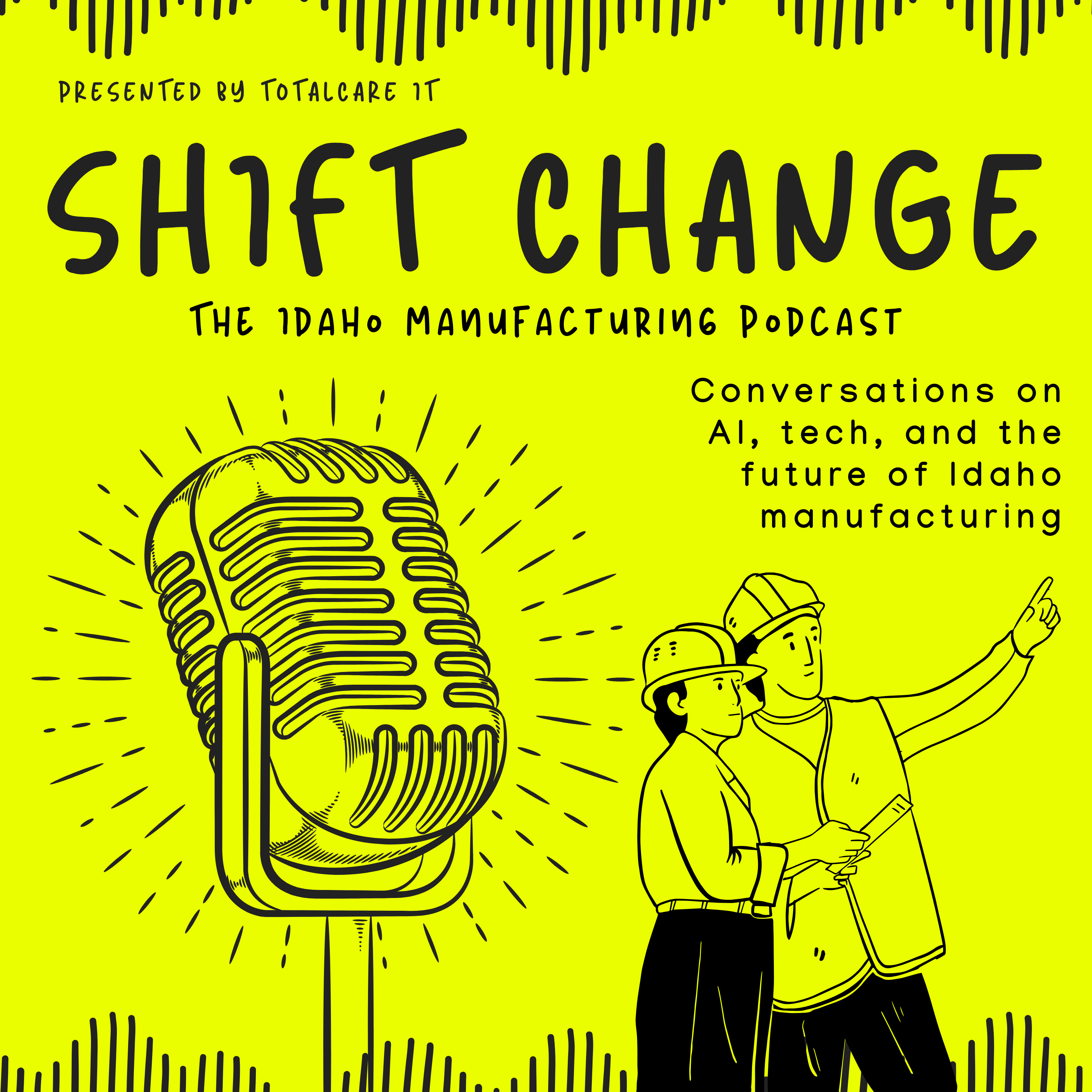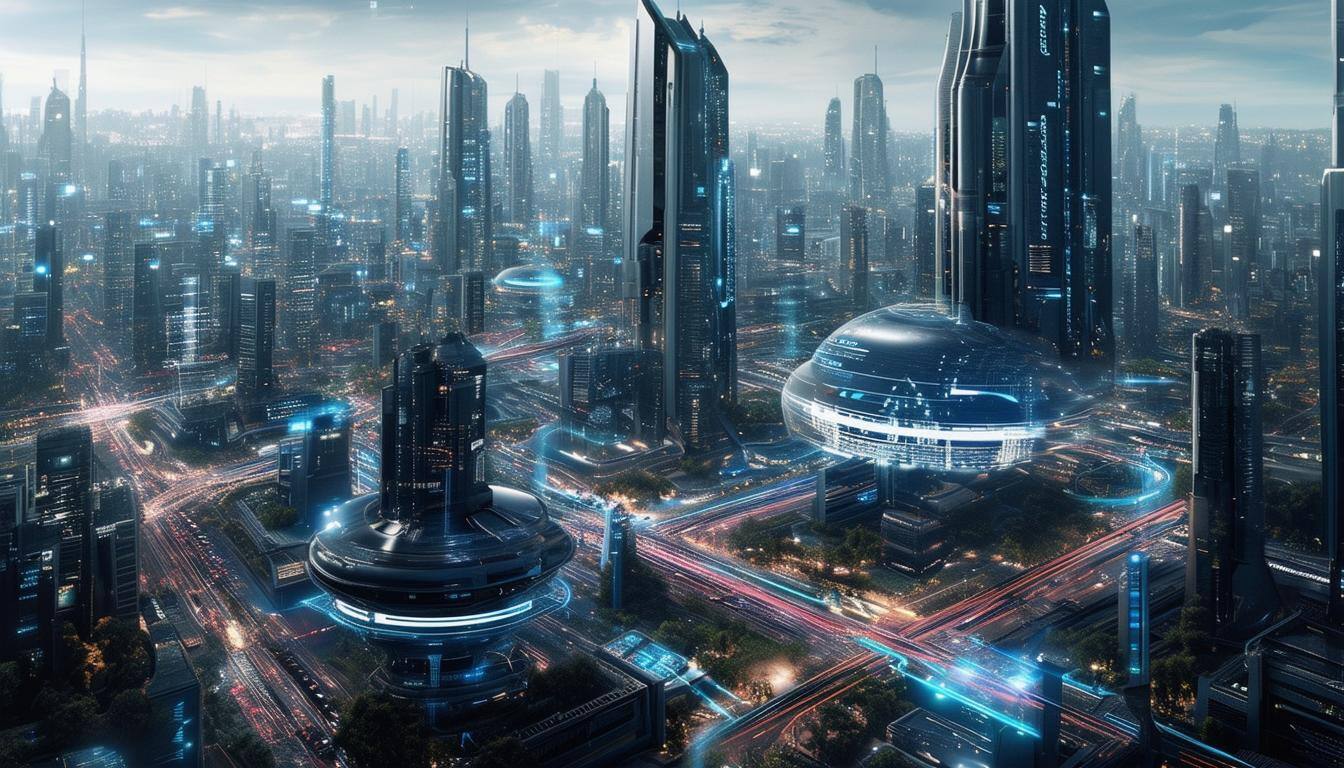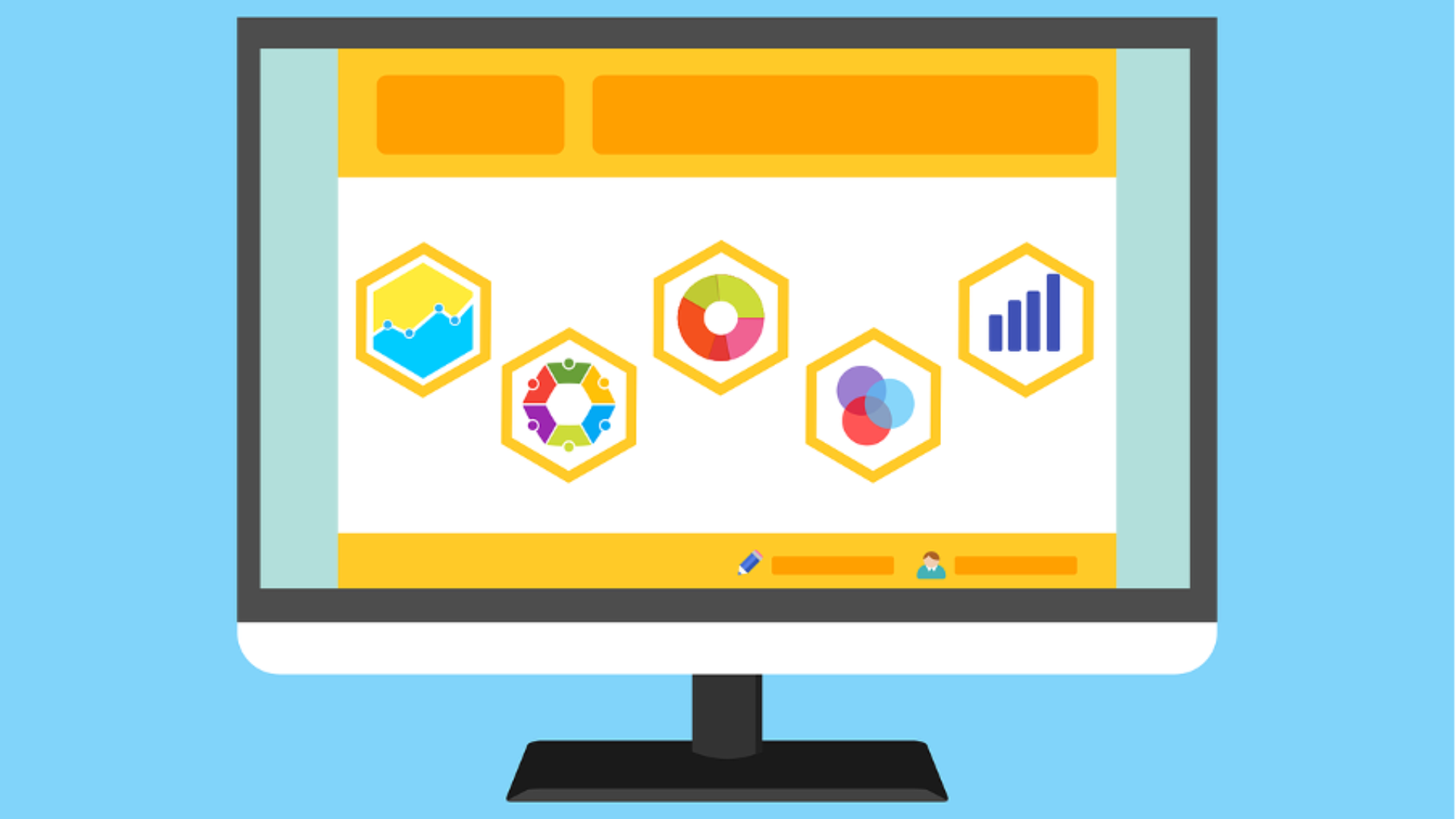Revolutionize Your Business with These Machine Learning Tips!
Machine learning (ML) isn't just a trendy term; it's a game-changing technology that can revolutionize businesses by boosting efficiency, offering...
5 min read
![]() Totalcare IT
:
Oct 14, 2025 11:23:13 AM
Totalcare IT
:
Oct 14, 2025 11:23:13 AM
How does The Goal and the theory of constraints change for manufacturers now that we are in Industry 4.0 (machine focus) and headed to Instrusty 5.0 (human focus)? Especially when thinking about the rise and use of AI?
The Goal by Eliyahu Goldratt and the Theory of Constraints (TOC) remain deeply relevant, but their practical application changes dramatically in the context of Industry 4.0 (automation and data) and Industry 5.0 (human–machine collaboration). Let’s explore this transformation in depth.

At its heart, The Goal teaches that every system is limited by a constraint — the bottleneck that determines its throughput. TOC’s five focusing steps are:
Identify the system’s constraint.
Exploit the constraint (maximize its utilization).
Subordinate everything else to the constraint.
Elevate the constraint (invest to remove it).
Repeat the process continuously.
In Goldratt’s world, this was largely a physical manufacturing constraint — a slow machine, a limited process, or a capacity bottleneck.
Industry 4.0 introduced the smart factory — leveraging IoT sensors, robotics, real-time analytics, and AI-driven automation. This changes both the nature of constraints and how we identify and manage them.
Data as a Constraint: The limiting factor often becomes data quality, not machine capacity. Poor or siloed data can bottleneck decision-making and process optimization.
Dynamic Bottlenecks: With autonomous systems and real-time scheduling, the constraint can shift minute by minute. AI-driven systems must detect and adapt dynamically.
Integration as a Constraint: Disconnected digital systems (MES, ERP, CRM) become invisible chokepoints if not harmonized.
Human oversight shrinks: TOC’s focus moves from physical optimization (machine uptime) to systemic intelligence (how well AI and automation are aligned to business goals).
AI enables predictive constraint management — forecasting where bottlenecks will occur before they happen. For example:
Predictive maintenance reduces downtime on critical machines.
Real-time process simulation helps test “what-if” scenarios across supply chains.
AI optimization algorithms dynamically re-prioritize work orders to avoid future bottlenecks.
In short, TOC in Industry 4.0 becomes data-driven, continuous, and proactive.
Industry 5.0 rebalances the equation: bringing humans back to the center, supported by smart technology. It values creativity, sustainability, and resilience over pure efficiency.
Human cognition and creativity become key constraints — or enablers. The challenge is not “how to make machines faster,” but “how to make people and machines smarter together.”
Ethical and social constraints emerge — e.g., over-reliance on opaque AI models or the loss of human judgment.
Purpose and sustainability become new throughput measures. The “goal” evolves from pure profit to value creation for humans, society, and the environment.
In Industry 5.0, TOC expands beyond operational flow to include:
Human–AI collaboration constraints: Is AI empowering or overwhelming people? Are insights understandable and actionable?
Skill and adaptability constraints: Workforce learning speed may now limit throughput more than equipment.
Trust and culture as constraints: Organizational resistance can bottleneck transformation efforts more than process issues.
AI transitions from “optimizer” to “augmenter.” It supports:
Decision augmentation: AI provides recommendations, humans apply judgment.
Cognitive load balancing: AI handles repetitive analysis so humans focus on creativity and innovation.
Ethical guardrails: AI assists in maintaining fairness and sustainability in production choices.
Goldratt defined the goal as “to make money now and in the future.”
In Industry 5.0, that evolves into: “To create sustainable, adaptive value for people, planet, and profit — in harmony with intelligent systems.”
Thus, TOC now helps leaders identify not just production constraints, but human, ethical, and systemic constraints that limit holistic value creation.
| Classic TOC Focus | Industry 4.0 Adaptation | Industry 5.0 Extension |
|---|---|---|
| Machine bottleneck | Data bottleneck | Human–machine collaboration bottleneck |
| Throughput optimization | Predictive, AI-driven optimization | Purposeful, human-centric optimization |
| Physical flow | Digital–physical integration | Ethical and social flow |
| Productivity goal | Profitability and agility | Sustainability and wellbeing |
Industry 4.0 made TOC smarter: constraints became data-centric and dynamic.
Industry 5.0 makes TOC more human: constraints now include cognition, ethics, and purpose.
AI’s role transitions from optimization to augmentation — shifting the bottleneck from machines to meaning.
In essence, TOC remains timeless, but “the constraint” now lives as much in our algorithms, data cultures, and leadership mindsets as it once did in our production lines.
Q: What types of organizational constraints are AI agents most effective at alleviating, and why does this matter?
A: AI agents are most effective at alleviating labor capacity and data quality constraints—areas where technology can directly automate tasks or augment human decision-making. According to the Theory of Constraints (TOC), applying AI effectively means targeting the single biggest bottleneck to maximize system throughput.
Why Targeting the Right Constraint Matters
From a TOC perspective, AI only creates value if it addresses the true bottleneck in the system.
Drives global throughput: Improving non-constraints doesn’t raise overall output.
Prevents wasted investment: Avoids suboptimizing or automating work that doesn’t impact total performance.
Converts productivity into value: Faster isn’t better unless the gains affect the constraint.
Avoids overload: Misapplied automation can flood downstream bottlenecks.
Ensures reliability: AI must be accurate, ethical, and trustworthy to sustain gains without new constraints.
In short:
AI’s greatest leverage lies in removing labor and data bottlenecks, not just improving efficiency everywhere. By aligning AI deployment with the system’s true constraint, organizations translate automation into real throughput, value, and resilience—not just speed.
Q: How does AI create new constraints?
A: AI can paradoxically create new organizational constraints when applied without a holistic, constraint-focused strategy. While it boosts local efficiency, it can hinder overall system throughput by shifting the bottleneck elsewhere.
Misapplication Constraints (Amplified Inefficiency)
Using AI in the wrong place can accelerate inefficiency instead of removing it.
Overloading True Constraints: Optimizing upstream processes (like marketing) can overwhelm downstream bottlenecks (like fulfillment).
Illusion of Productivity: AI may flood systems with low-value output—reports, messages, or meetings—that add noise, not value.
Customer Frustration: Chatbots or automation can worsen service when root causes lie elsewhere, damaging satisfaction and trust.
Human & Organizational Constraints
AI can also introduce new people and culture bottlenecks.
Cognitive Overload & Busywork: Excessive AI-generated content can dilute focus and morale.
Skill & Adaptability Gaps: Without retraining or process redesign, employees may misuse freed-up capacity.
Trust & Culture Issues: Lack of confidence in AI reliability can block automation’s full potential.
IT Productivity Paradox: Like past tech waves, AI fails to create value when layered onto outdated processes instead of addressing true constraints.
In short:
AI doesn’t just remove constraints—it can shift or multiply them. The new bottlenecks often lie in reliability, data ethics, human trust, and system alignment. Applying the Theory of Constraints mindset ensures AI improves total throughput rather than amplifying inefficiency.
Q: How does AI change the definition of “throughput” in modern organizations?
A: AI redefines throughput from simple output speed to a measure of sustainable, system-wide value creation. In the Theory of Constraints, throughput increases only when the true bottleneck is removed—AI makes identifying and addressing those constraints both more complex and more powerful.
From Productivity to True Throughput:
AI can boost activity without boosting results. Real throughput gains occur only when AI targets and eliminates the actual constraint, converting speed into value.
Expanded “Goal” (Industry 5.0):
Throughput now includes human, ethical, and environmental value—not just profit. It’s measured by impact, prioritization, and output quality.
Reliability and Ethics as Constraints:
Unreliable or biased AI limits throughput by eroding trust and requiring rework. Sustainable gains depend on dependable, ethical systems.
From Data to Information:
AI shifts measurement toward data that directly affects the constraint—focusing on what truly drives performance, not on data volume.
In short:
AI turns throughput into a measure of how effectively humans and machines collaborate to remove real constraints and create lasting value.

Machine learning (ML) isn't just a trendy term; it's a game-changing technology that can revolutionize businesses by boosting efficiency, offering...

Do you ever open a production report, scroll through it, and think:“Where do I even start?”

In manufacturing, every minute of downtime and every wasted dollar cuts directly into your margins. But without realizing it, technology-related...